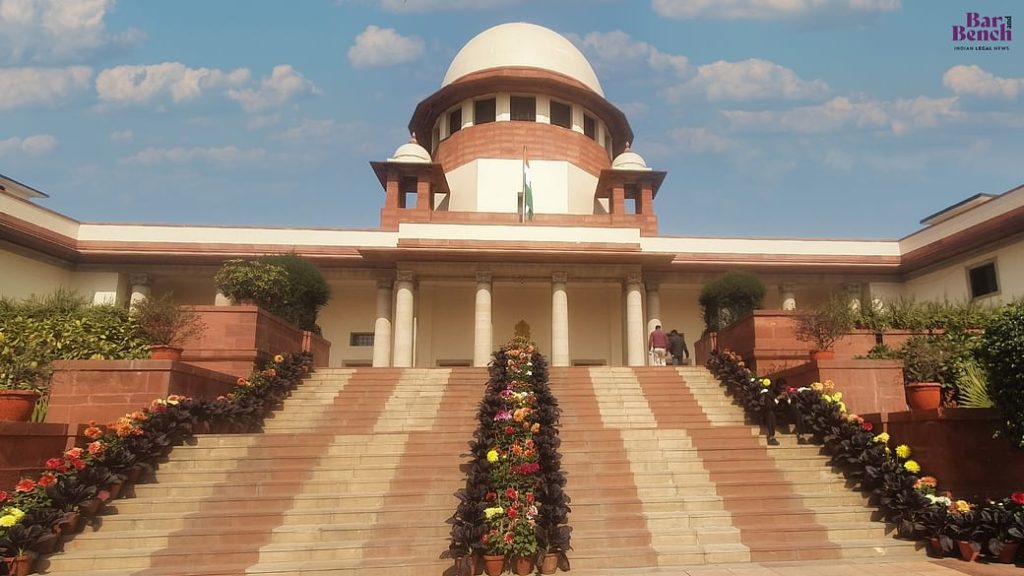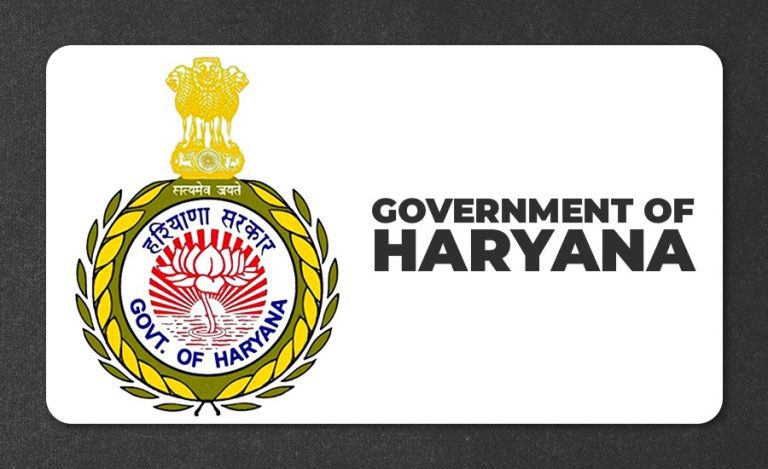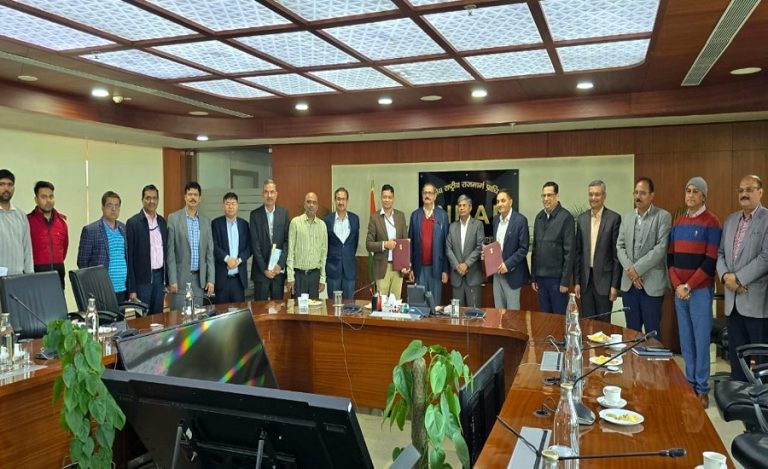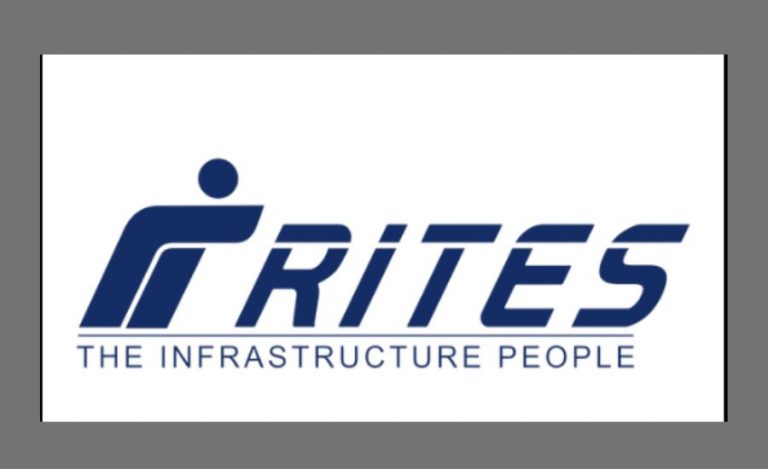New Delhi: In a landmark decision that signals a major shift in the internal governance of India’s highest judiciary, the Supreme Court of India has, for the first time, formally implemented reservation for Scheduled Castes (SC) and Scheduled Tribes (ST) in the direct recruitment of officers and staff.
The apex court has adopted the 200-point roster system based on the Central Government’s directive issued in July 1997, marking the implementation of 15% reservation for SCs and 7.5% for STs in group B, C, and D category posts within its establishment. This reform has come into effect from June 23, 2025.
Formal Adoption After 28 Years
Though the government had issued a mandate on 2 July 1997 directing reservation in government appointments, the Supreme Court had not implemented the policy internally for its staff. This changed under the leadership of Chief Justice of India (CJI) D.Y. Chandrachud, and later formalized during the tenure of CJI BR Gavai, who belongs to the Scheduled Caste community. CJI Gavai is only the second SC judge in India’s history to occupy the top post in the judiciary.
Which Posts Will See Reservation?
According to the 54-page roster notification signed by Supreme Court Registrar Pradeep Y. Ladekar, the reservation system will apply to several key posts, including-
- Senior Personal Assistant
- Assistant Librarian
- Junior Court Assistant
- Junior Court Assistant-cum-Junior Programmer
- Junior Court Attendant
- Chamber Attendant (R)
The roster specifies the exact number of SC/ST-reserved posts across various levels depending on the number of future recruitments.
A Progressive Move Within a Conservative Institution
This move is being hailed as a watershed moment in the history of India’s judicial administration, which has long been viewed as slow to embrace affirmative action in its own recruitment processes, even while adjudicating on laws and policies involving reservation.
Legal experts and social justice advocates have described the implementation as “a long overdue but welcome reform” that aligns the judiciary’s internal functioning with the constitutional ideals it upholds.
Symbolic and Structural Change Under CJI BR Gavai
The timing of this policy shift under CJI BR Gavai, who represents the very community affected by reservation laws, is being seen as both symbolic and substantive. His leadership has opened up critical space for representation and equity in the highest administrative arm of the judiciary.



























